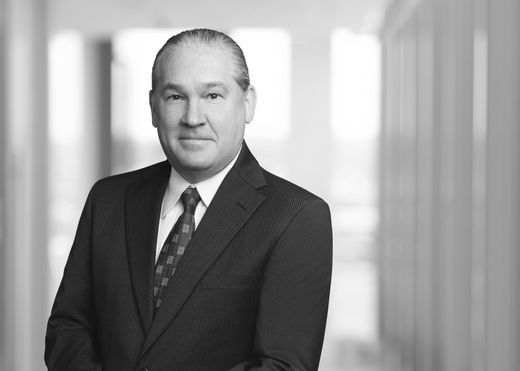Tax

Every decision a business makes—from choice of entity through daily operations to ultimate dissolution—has complex and critical tax implications. By providing experienced guidance to help limit liability through sound planning, meticulous preparation and creative solutions to tax challenges, we support clients in making the right decisions and planning for the future. Our global team of recognized leaders helps guide clients through even their most daunting circumstances.
Our tax team offers multidisciplinary services to ensure that no consideration is neglected in even the most complex transactions. It is our philosophy that this inclusive, multidisciplinary approach offers our clients superior service and protection.
Further, in order to better understand our clients’ needs, several of the lawyers in our tax practice have supplemented their law degrees with a Master of Laws degree in taxation or a Certified Public Accountant designation.
In addition, many of them have held top positions in government and judicial bodies, including as attorneys for the tax division of the Department of Justice, associate international tax counsel at the Department of Treasury and attorney-advisor and law clerk to chief judges of the U.S. Tax Court.
As business becomes increasingly international, planning must always consider the tax implications of international and cross-border transactions. In addition to our 12 offices in the United States offering knowledge, experience and guidance in this area, we also have offices in Abu Dhabi, Geneva, Hong Kong, Singapore and London.
Our tax lawyers provide guidance to U.S. and international investors regarding the merit of tax issues facing entities doing business or making investments overseas. In addition, we assist with the acquisition of U.S. businesses—including those with multistate operations—with full consideration of state and local tax issues and related matters.
Under ERISA, there are significant tax implications to the structure and implementation of employee benefits and executive compensation plans. We help our clients design and implement pension, profit-sharing, 401(k), employee stock ownership, target benefit and stock bonus plans—all of which qualify for certain tax benefits. In addition, we counsel our clients regarding compensation for key personnel, especially those affected by M&A activity.
Our private client services practice provides customized legal and tax advice to help our clients achieve their personal estate and tax planning goals. Depending on client need, the solutions we provide range from the basic/traditional to the complex/innovative. As international borders become more porous, many of our clients find themselves subject to international tax laws and treaties.
Our lawyers counsel tax-exempt organizations on the complicated issues relating to the tax on unrelated business income as well as on the use of structured investments to minimize or avoid these taxes. In addition, we help these clients with their unique retirement plans.
When a tax decision is contested, our practice provides clients with experienced representation in tax examinations, in protest to the IRS Appeals Office, in equivalent state and local appeals functions and in litigation before the U.S. Tax Court, U.S. Court of Federal Claims, federal district courts and state and local tax authorities and courts.


















